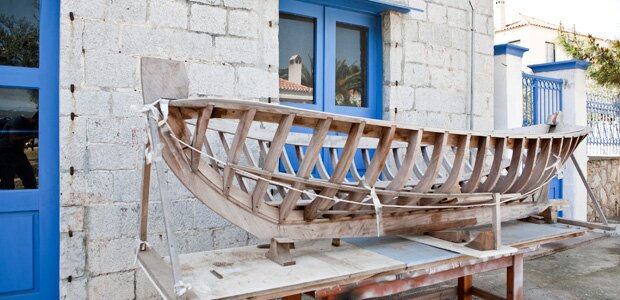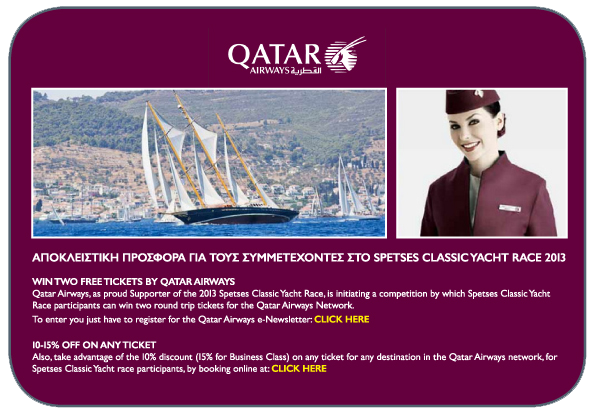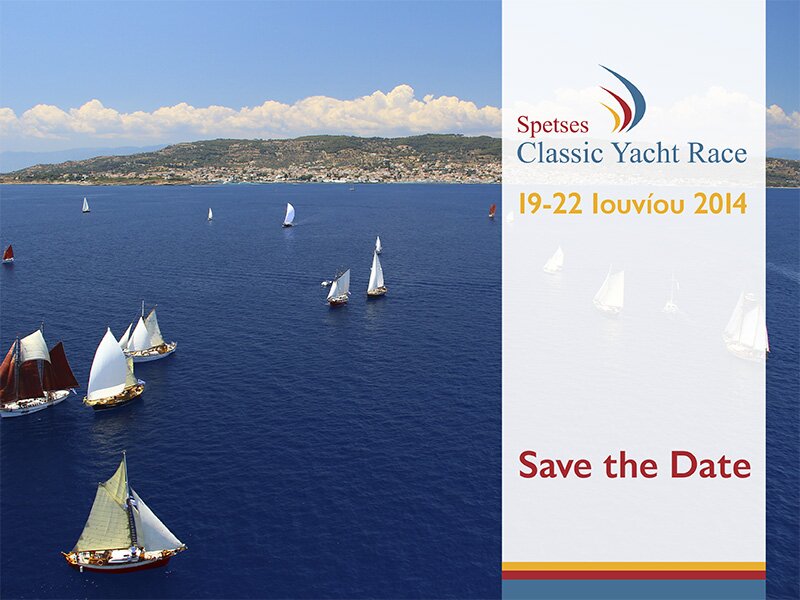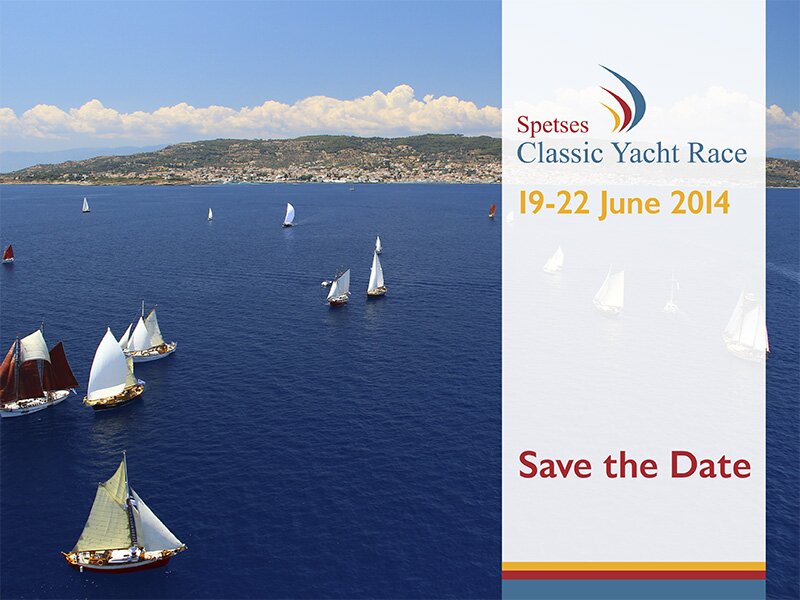Shipbuilding Tradition
The island of Spetses, off the coast of the Peloponnese, is at a crossroads of the traditional marine routes through the Greek seas. In antiquity it was known as Pityousa (pine-clad) and its forest and large natural harbour served the local ship-building industry.
In the early 18th century, Spetses started building large merchant vessels. Know-how was brought by the shipwrights who fled the nearby arsenal of Nauplion when the Turks took it from the Venetians in 1715. Capital was provided by the wealthy landowners of the Peloponnese, who financed these ships to carry their agricultural products to the ports of France, Spain and England. To reduce losses from piracy, the ships were armed with cannon and the crews were trained for war. The archives of Malta record that the first merchantman to arrive from the Aegean (in 1744) was from Spetses, where a new class of captains, shipowners and shipbuilders had started to flourish.
The Russo-Turkish wars which ended with the treaty of Kutchuk-Kainardji in 1774 allowed the ships of Spetses to fly the Russian flag and carry grain from the Black Sea across the Mediterranean. Meanwhile, local shipyards were optimising them for capacity (to carry bulk freight), shallow draft (to load cargoes up-river) and speed (to outrun pirates). These features made fortunes for the Spetses shipowners during the Napoleonic Wars, when they ran the British naval blockade to land supplies on the continent. By then, according to an 1808 report by the French consul in Constantinople, Spetses had a fleet of 90 ships, mainly 2-masted brigs, ranging from 200 to 400 tons with 5.000 crewmen and over 1.000 cannon. Thus, when the Greeks rose in 1821 against their Ottoman rulers, this fleet played a key role in blockading Turkish strongholds and disrupting their naval forces.
The Spetses merchant fleet started to decline after the Crimean War (1843) and with it the need for long-distance brigs. By the mid-19th century, Spetses was building about 15 brigs a year and about 40 “trehandiria” for fishing and coastal shipping. Production of “trechandiria” continued well into the 20th century, at the same shipyards and with the same methods as two centuries earlier, until the invasion of low-cost fiberglass boats turned them into boat-lover collectioner’s items.
Petros Haritatos
historian
Karnagia (shipyards) are an integral part of the tradition and the historical heritage of Spetses island. In addition, part of the proceeds from the registrations will be donated to the traditional Shipbuilding Association of the island of Spetses, dedicated to enhancing and preserving the continuation of this art.



















